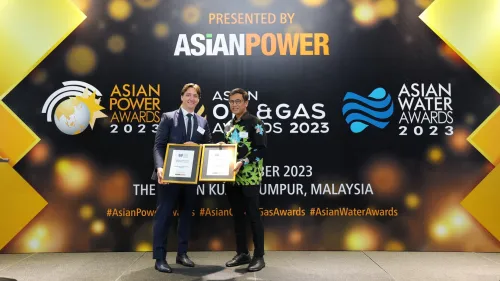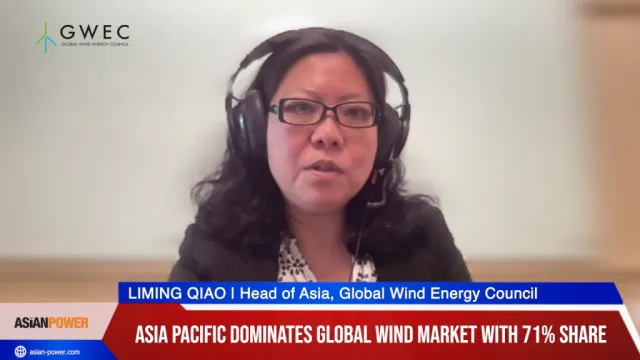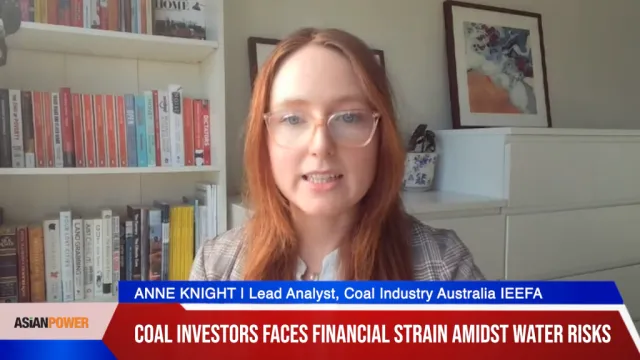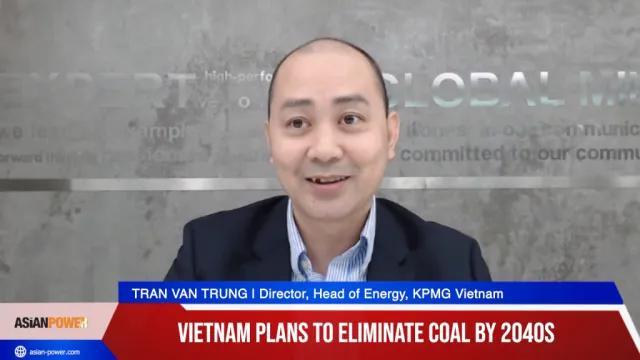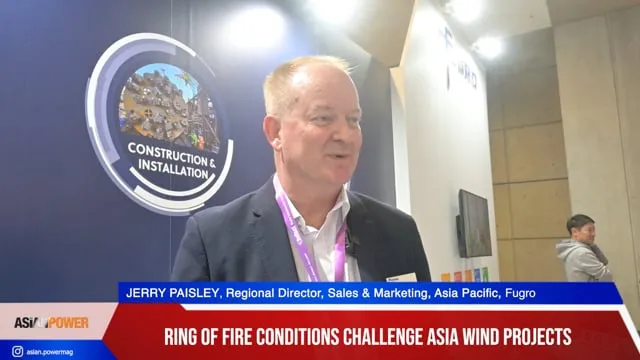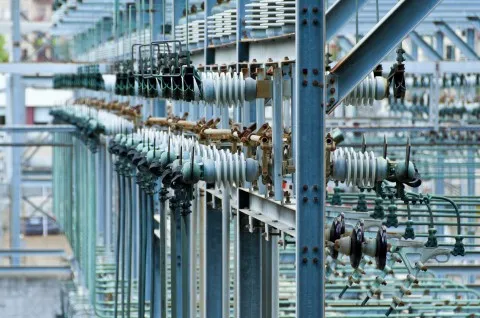
Australia's power prices fell 19% in Q4 2019
It got a boost from increased supply from wind and solar farms and gas power.
The increased installations of renewables has lowered Australia’s average electricity spot prices by 19% in October-December 2019 to a two-year low of $48.28 (A$72) per MWh, according to the Australia Energy Market Operator (AEMO).
“A key driver of this outcome was increased supply from wind farms, solar farms, and gas-powered generation (GPG), with combined grid-scale wind and solar output increasing by 39% compared to Q4 2018,” AEMO said in a report.
Prices fell sharply despite a high number of coal-fired generator outages, increased underlying demand, and record-breaking high temperatures, which resulted in price volatility in some regions.
South Australia exhibited a significant level of spot price volatility, with high prices (above A$300/MWh) increasing the average by A$10.43/MWh, these were cancelled out by the impact of negative prices (which cut A$8.95/MWh from the quarter’s average)
Black coal-fired generation also fell by 1,061MW YoY, reaching its lowest quarterly level since Q4 2016. “The decline was due to a combination of coal supply issues (notably at Mt Piper, which fell an average 552 MW), unit outages, and displacement by solar output at Eraring, Gladstone, and Stanwell power stations,” AEMO said.
Bushfires tested emergency reserves
According to the report, the bushfires in recent months also strained Australia’s emergency energy reserves and caused price volatility. “During December 2019 (and into January 2020), extreme heat, generator and transmission line outages, and bushfires tested the NEM power system and led to price volatility. In Victoria, reserve levels were tight for several days, with Lack of Reserve1 (LOR) conditions declared.”
On 20 December 2019, extreme Melbourne heat and a sharp decline in Victorian wind output led to the declaration of LOR conditions in the region for almost two hours.
On 30 December 2019, high Melbourne temperatures and transmission line outages caused by bushfires resulted in LOR conditions and high Victorian spot prices (up to A$6,443/MWh).
“In response to the tight reserve conditions, AEMO activated contracts under the Reliability and Emergency Reserve Trader (RERT) mechanism, resulting in around A$3.5m in costs,” AEMO added.
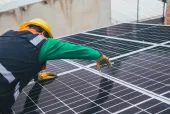

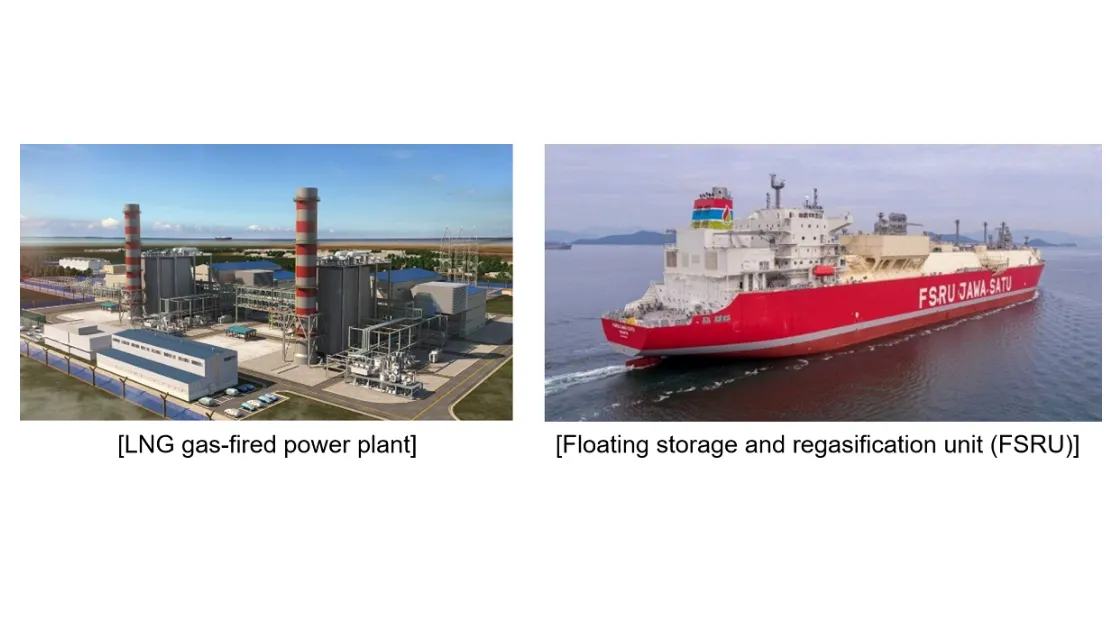
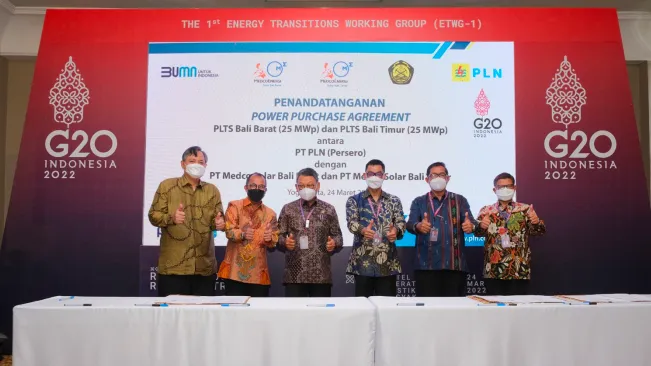
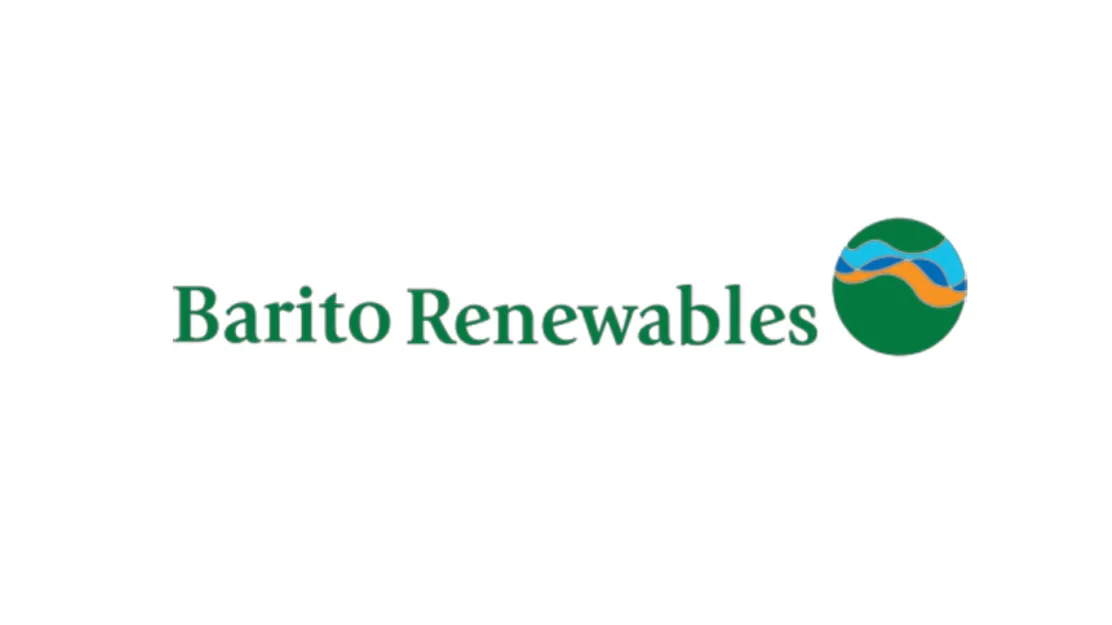


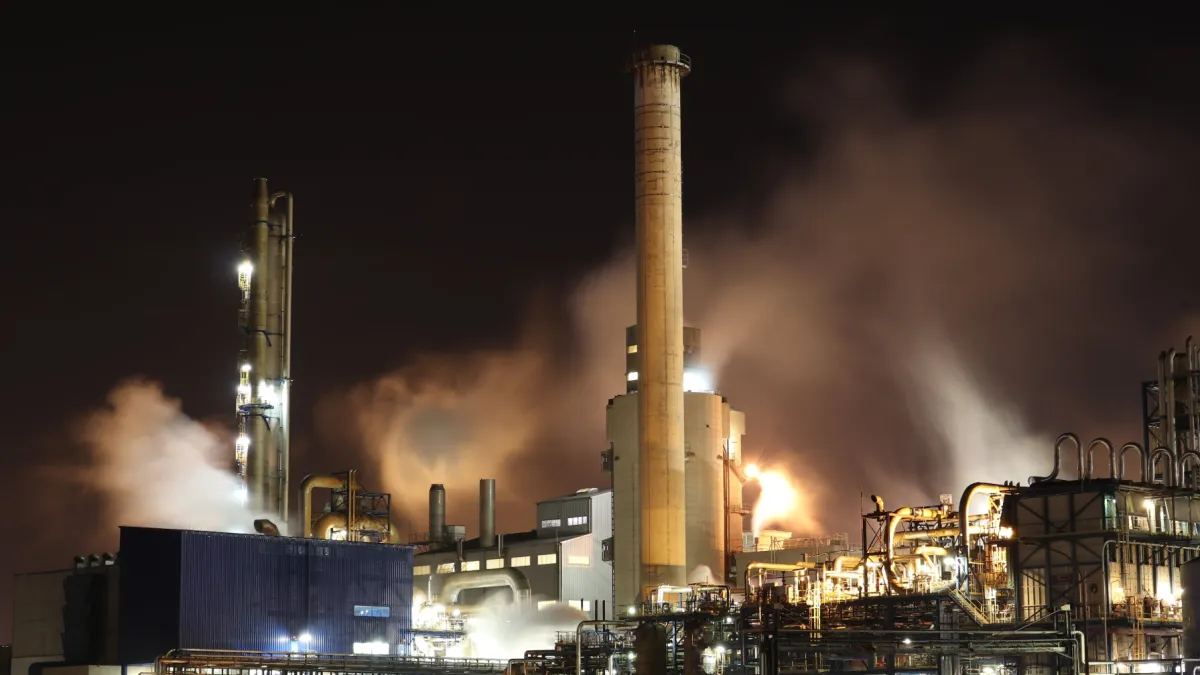

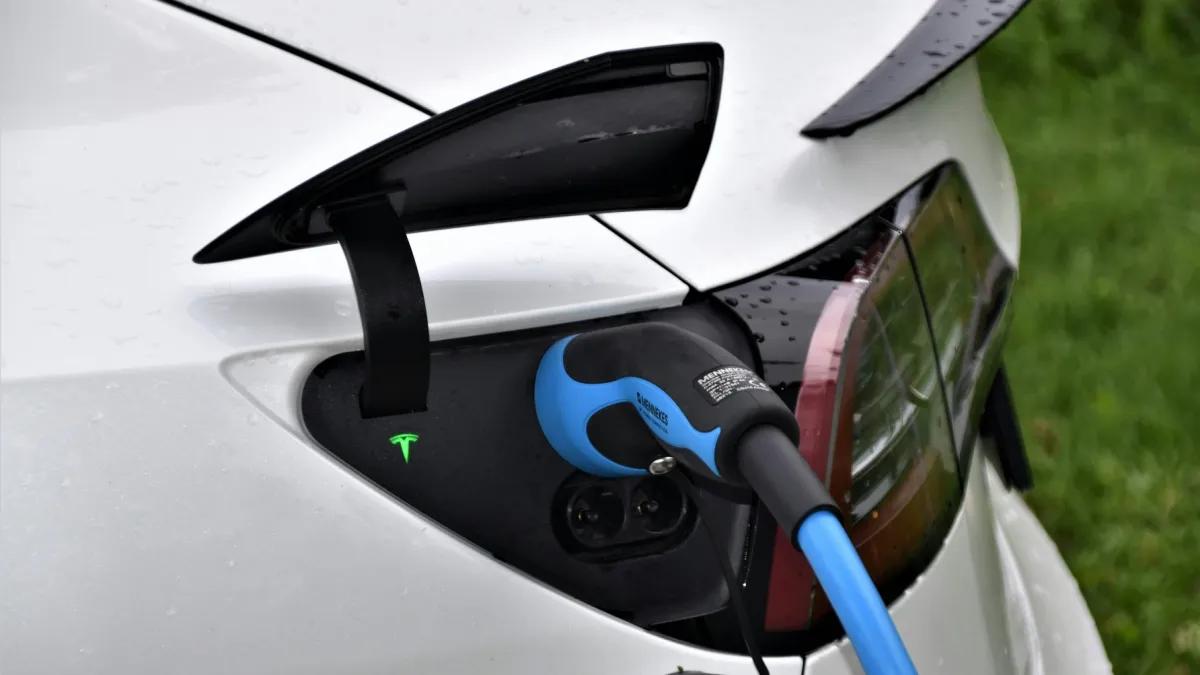
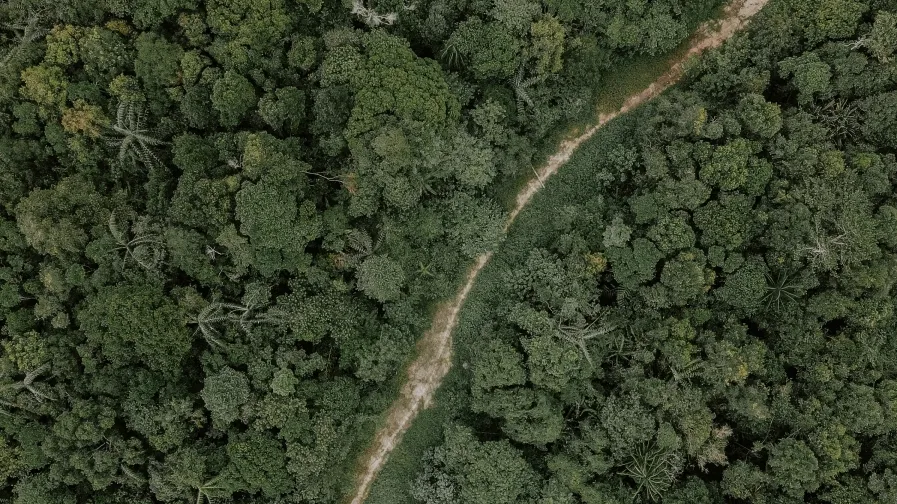


 Advertise
Advertise
